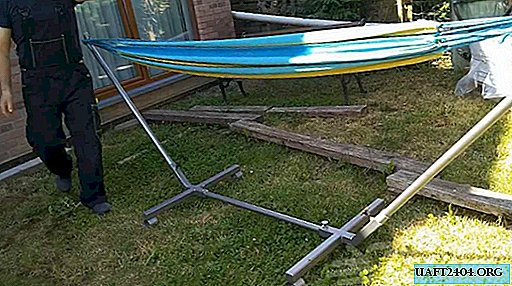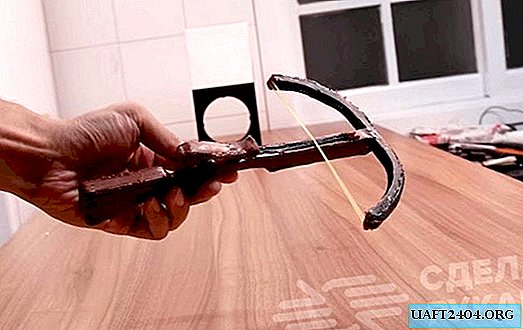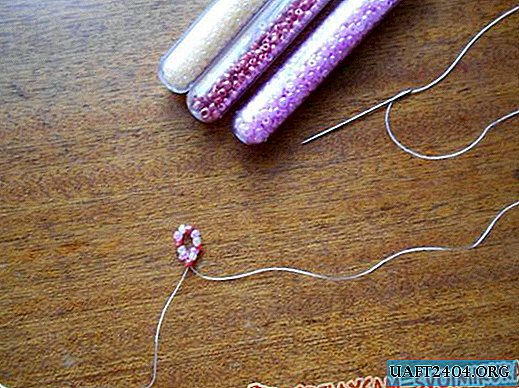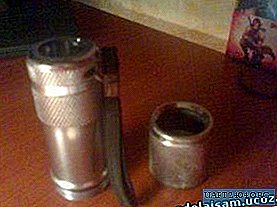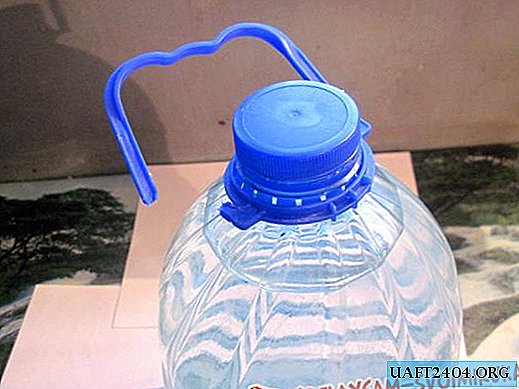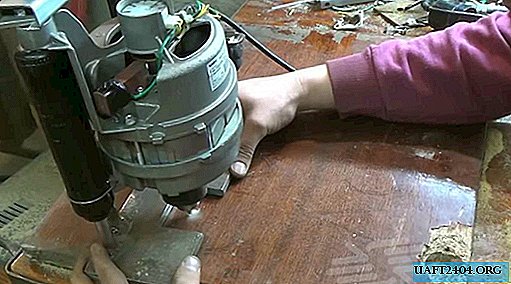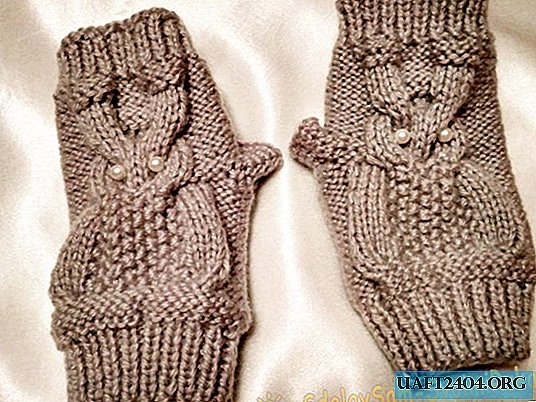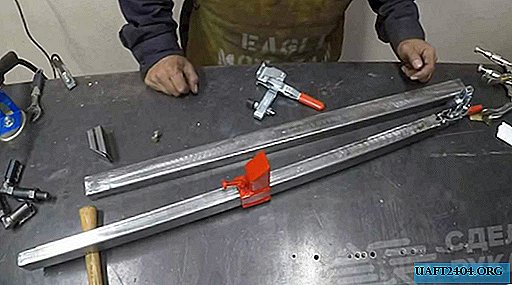Share
Pin
Tweet
Send
Share
Send
Today we will transfer the image just to a separate piece of fabric, it’s easier to train. And then you can transfer the drawings to a T-shirt, T-shirt, and other things. It is important to understand that it is easiest to transfer the image to cotton. You can also transfer pictures to silk. The image will be brighter than that of a cotton product.
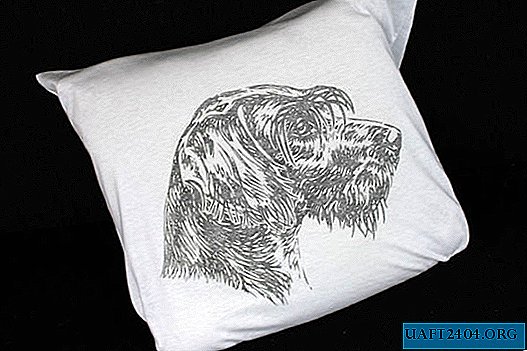

In this example, I'm going to show you a very simple way to transfer images to fabric. We will use items that can be found in almost every home.
As you can see, I used a painted picture of our dog, but this method is also suitable for any photo.
1st step: What you need to prepare

You will need the following items:
- The cloth.
- Image printed using a laser printer (if it is printed using an inkjet printer, nothing will work)
- Lavender Oil
- Paper.
- Duct tape.
- A spoon.
- Brush
- Iron.
2nd step: Preparation



Iron a piece of cloth. As you can see, I used a pillowcase for this.
A sheet of paper should be placed under the fabric, it is needed to absorb excess fluid.
Use masking tape to fix the image onto the fabric. It should be mirrored, especially if you plan to wrap text. If this is not done, as a result, the image on the fabric will be located back to front. It is necessary to fix the image, otherwise it may shift during operation.
3rd step: Image transfer



Drop a few drops of lavender oil on the picture and use a brush to evenly distribute them over the entire surface. It is important to carefully process the entire picture so that there are no dry places.
After about 1-3 minutes, you can begin to transfer the image. I used a spoon to do this. Using a spoon, you must begin to gently push the image. It is important to push the whole image. From time to time, you can gently lift the picture to see what happens.
After the image has transferred to the fabric, you can remove the paper and let the fabric dry. It should be said in advance that the transferred image will be slightly less clear than the original. In addition, if not all areas are well pressed through, there will be gaps on the fabric.
4th step: Conclusion

All that remains to be done is to iron the fabric with the transferred image. Do not use the steam function. Ironing temperature may vary depending on the type of fabric. Set the maximum temperature that is suitable for this type of fabric.
When translating a large image, it is best to smooth the sheet in several passes. To do this, slowly move the iron tightly pressed to the table along the long side of the picture. The time of one pass should be about 30 seconds.
The finished masterpiece with the transferred image can be washed in a washing machine at a temperature of 40 ° C (104 ° F). But here it is important to consider that, with each wash, the transferred image will become paler.
In addition to this method, there is a slightly different option. But for its implementation, you will first need to starch the fabric, then wait until it dries. Starch will not affect the final result.
That's all, you managed, congratulations!
The article is specially translated for sdelaysam-svoimirukami.ru
Source site.
Share
Pin
Tweet
Send
Share
Send

